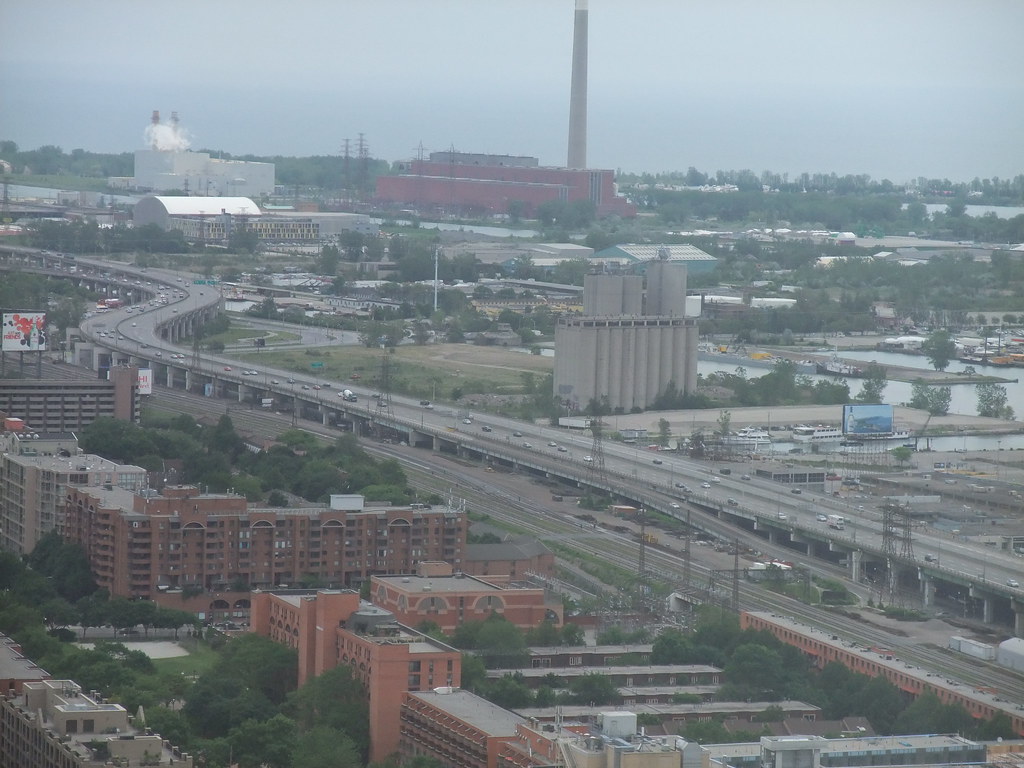Riverdale Rink Rat
Senior Member
Member Bio
- Joined
- Apr 29, 2008
- Messages
- 2,775
- Reaction score
- 272
- Location
- Back to East York... Alas!
I must admit I don't understand the quotes around, and disdain for, a master plan for a derelict site. It isn't as if you're tearing down city blocks to rearrange the buildings and streets, a la Corktown becoming Regent Park. It's not even like the master plan for Regent Park II, which I support but is most definitely 'master planning' in the sense y'all seem to mean it.
In this case, there is NO, I mean ZERO, infrastructure. You need roads, sewers, electricity. Ergo, you need a frickin' master plan. I'd rather see an archictectural firm doing that planning than the city planners trying to do it while also policing the master plan for the rest of the city.
In this case, there is NO, I mean ZERO, infrastructure. You need roads, sewers, electricity. Ergo, you need a frickin' master plan. I'd rather see an archictectural firm doing that planning than the city planners trying to do it while also policing the master plan for the rest of the city.
